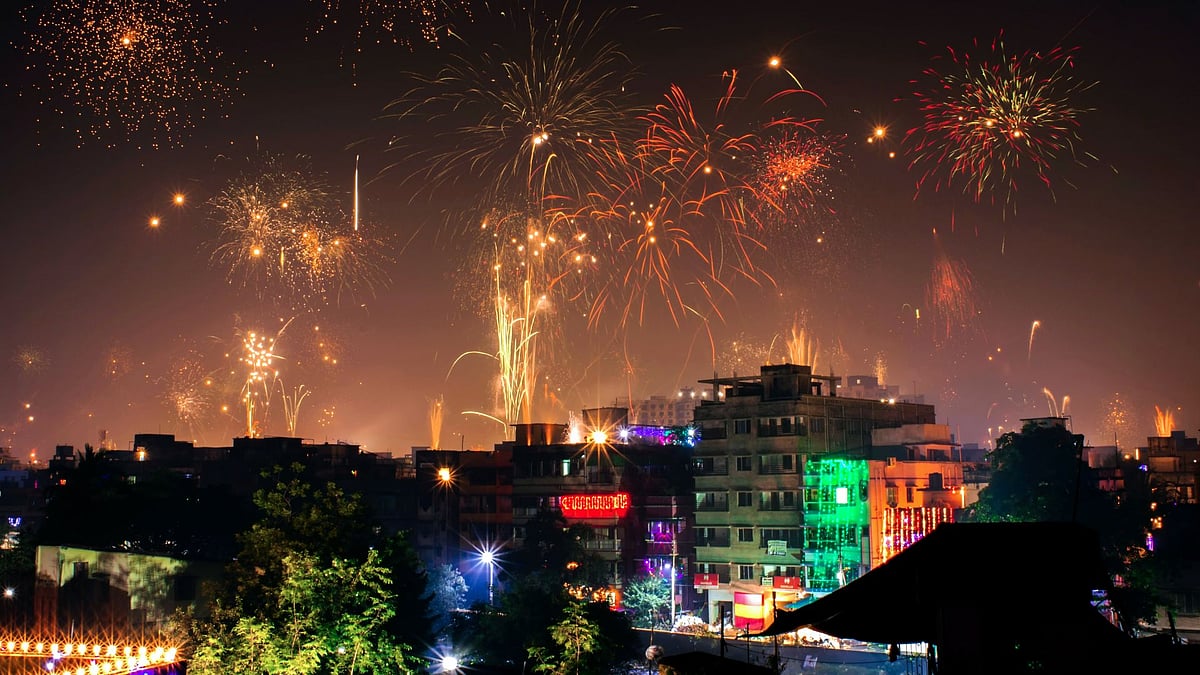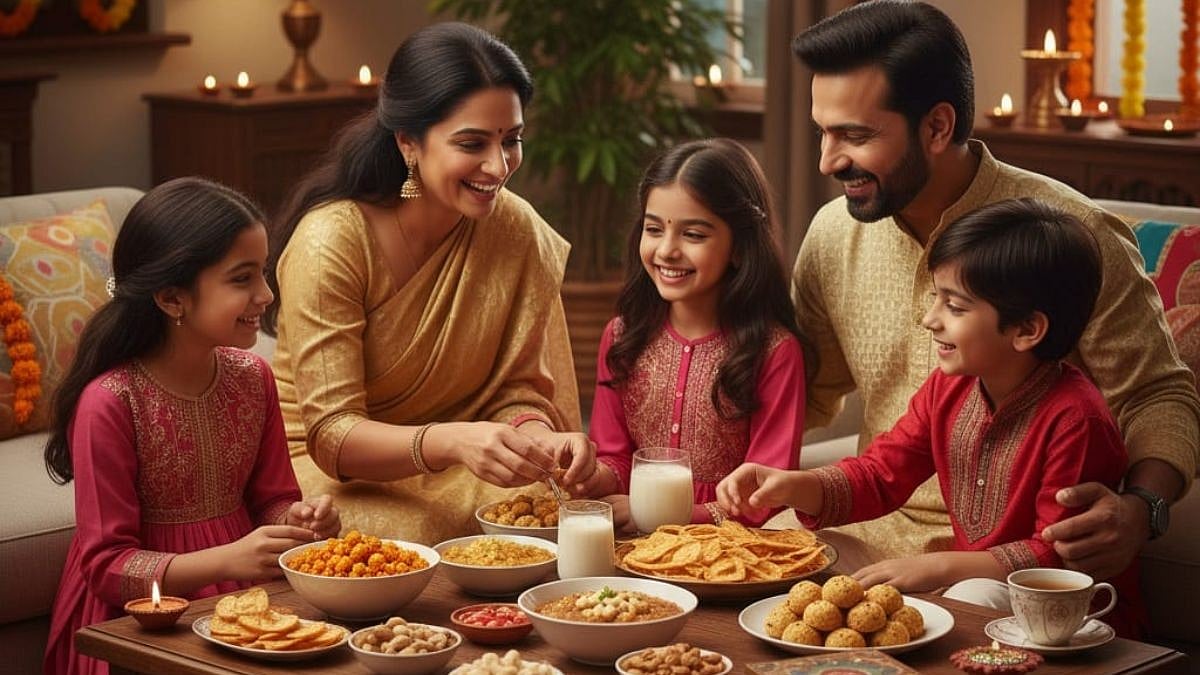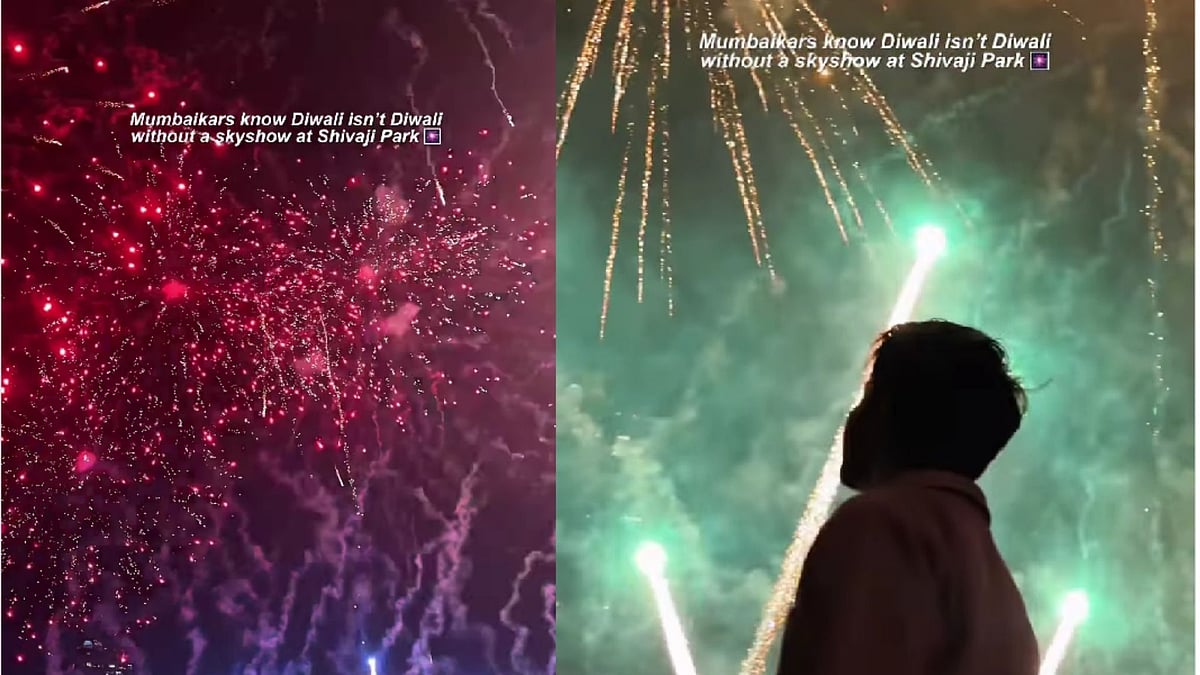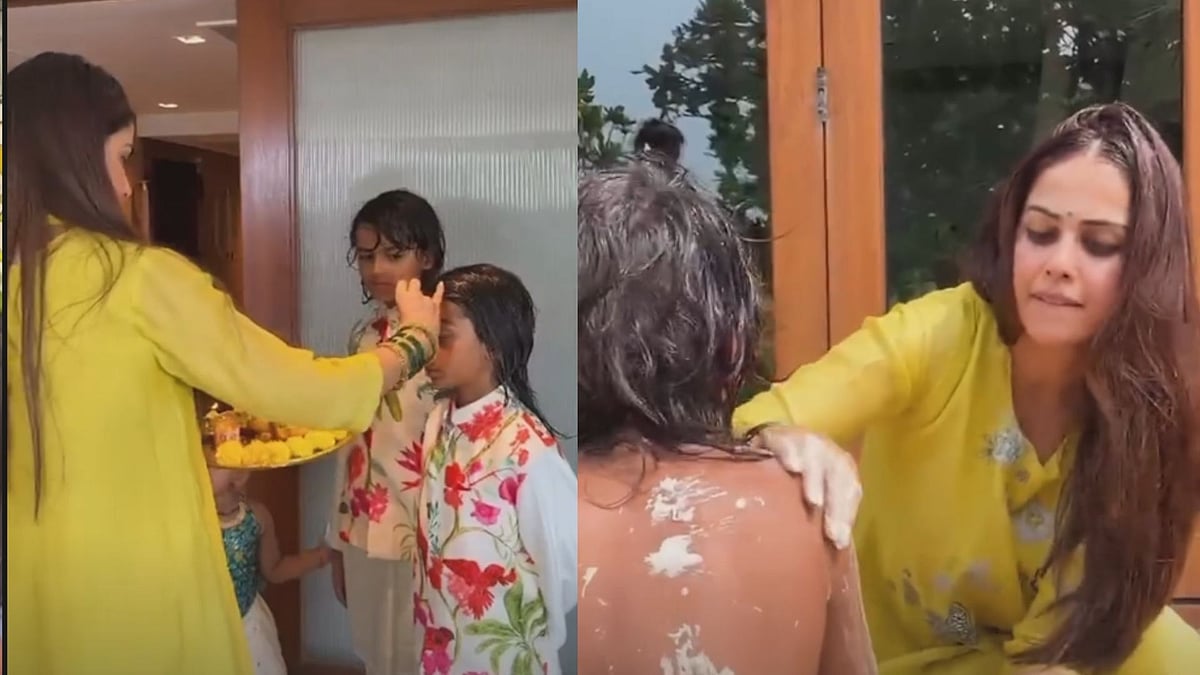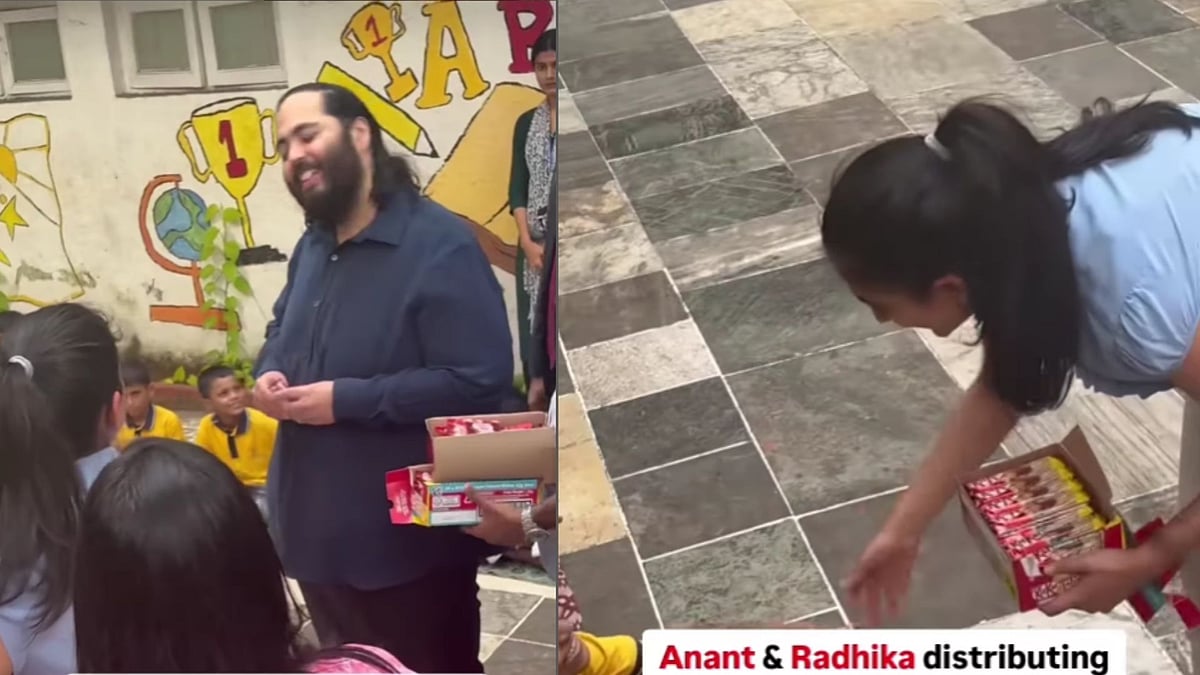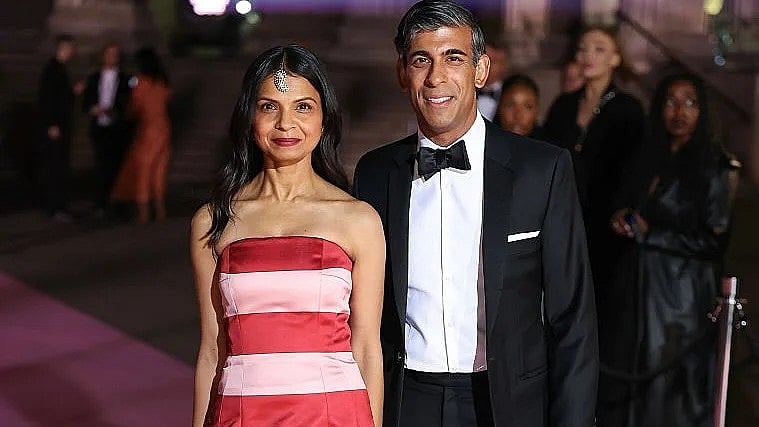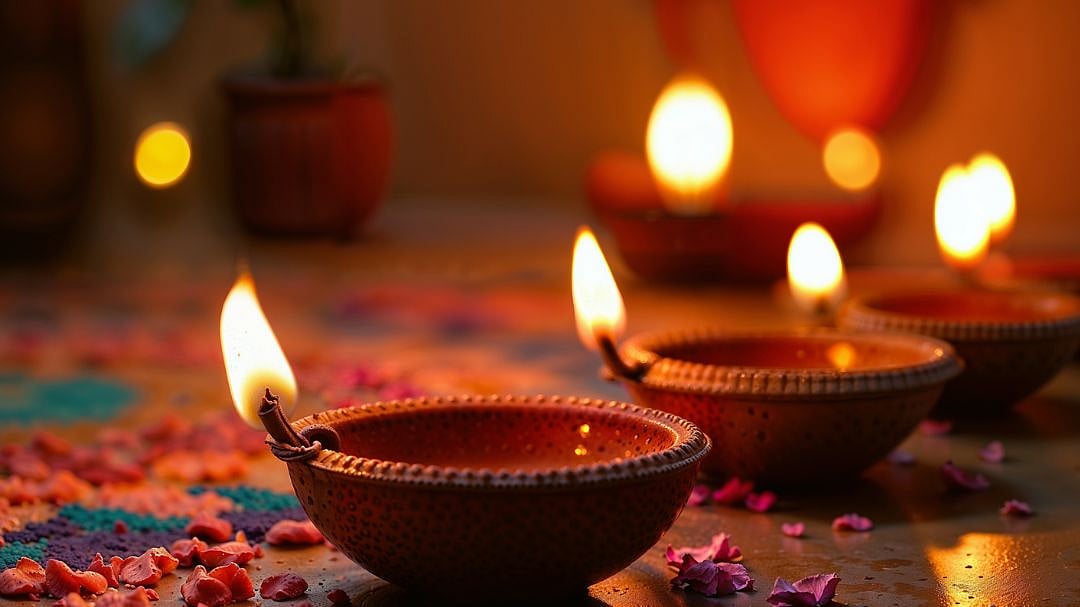It's that magical time of year again when homes glow with diyas and the sweet scent of ghee-laden treats fills the air. Diwali, also famously called the "Festival of Lights," is more than just a festival; it’s an emotion that unites millions across India. But what makes this occasion truly special is how beautifully diverse its celebrations are. From north to south and east to west, every region adds its own unique sparkle to this grand spectacle. Let’s take a trip across India to see how Diwali shines in different corners of the country.

North India
In North India, Diwali celebrates Lord Rama's triumphant return to Ayodhya after defeating Ravana. People light oil lamps, or diyas, to welcome him home and symbolise the victory of light over darkness. Streets dazzle with lanterns, homes are scrubbed clean, and families come together for Lakshmi Puja, praying for prosperity and happiness. Firecrackers, new clothes, and sweets like besan laddoo and kajukatli make the night even brighter. Uttar Pradesh, particularly Ayodhya, sees a spectacular display of lamps along the Sarayu River, turning the city into a golden paradise.
West India
In the West Indian states like Maharashtra and Gujarat, Diwali is a mix of devotion and celebration. The main occasion is Narak Chaturdashi, marking Lord Krishna's victory over the demon Narakasura. People start the day with an oil bath before sunrise, then decorate their homes with rangolis and lamps. They crush a fruit—kaarit—that symbolises crushing of evil after the bath. The evenings are for Lakshmi Puja and lighting firecrackers. The highlight is definitely mouthwatering festive snacks like chakli, shankarpali, and anarsa, shared with neighbours and friends. Meanwhile, in Goa, the festival takes a creative turn with giant effigies of Narakasura burnt at dawn, and streets glow with beautiful lanterns called akash kandils.
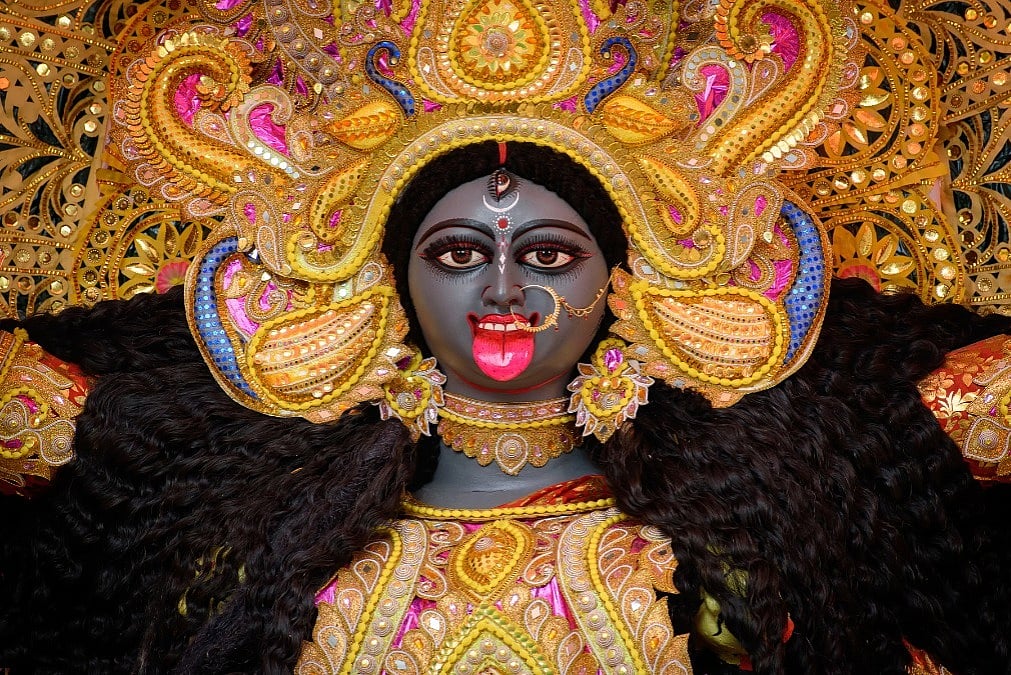
East India
While most of India celebrates Lord Rama, Bengal and Odisha honour Goddess Kali on the same night. Kali Puja transforms the region into a spiritual spectacle with idol processions, lamps, and powerful chants dedicated to the fierce yet protective goddess. In West Bengal, homes and temples are adorned with clay lamps, and elaborate feasts include Bengali sweets like sandesh and rosogolla. The night sky lights up with fireworks as the goddess’s blessings are invoked for protection and strength.
Northeast India
The northeastern states add a distinctive cultural twist to Diwali. In Assam, Kali Puja is the highlight, with earthen lamps glowing in every corner. Meghalaya's hills sparkle as people light lamps along the slopes, creating a mesmerising view. In Nagaland, Diwali often coincides with Tokhu Emong, a harvest festival celebrating community and gratitude, blending local traditions with the festive spirit of Diwali.
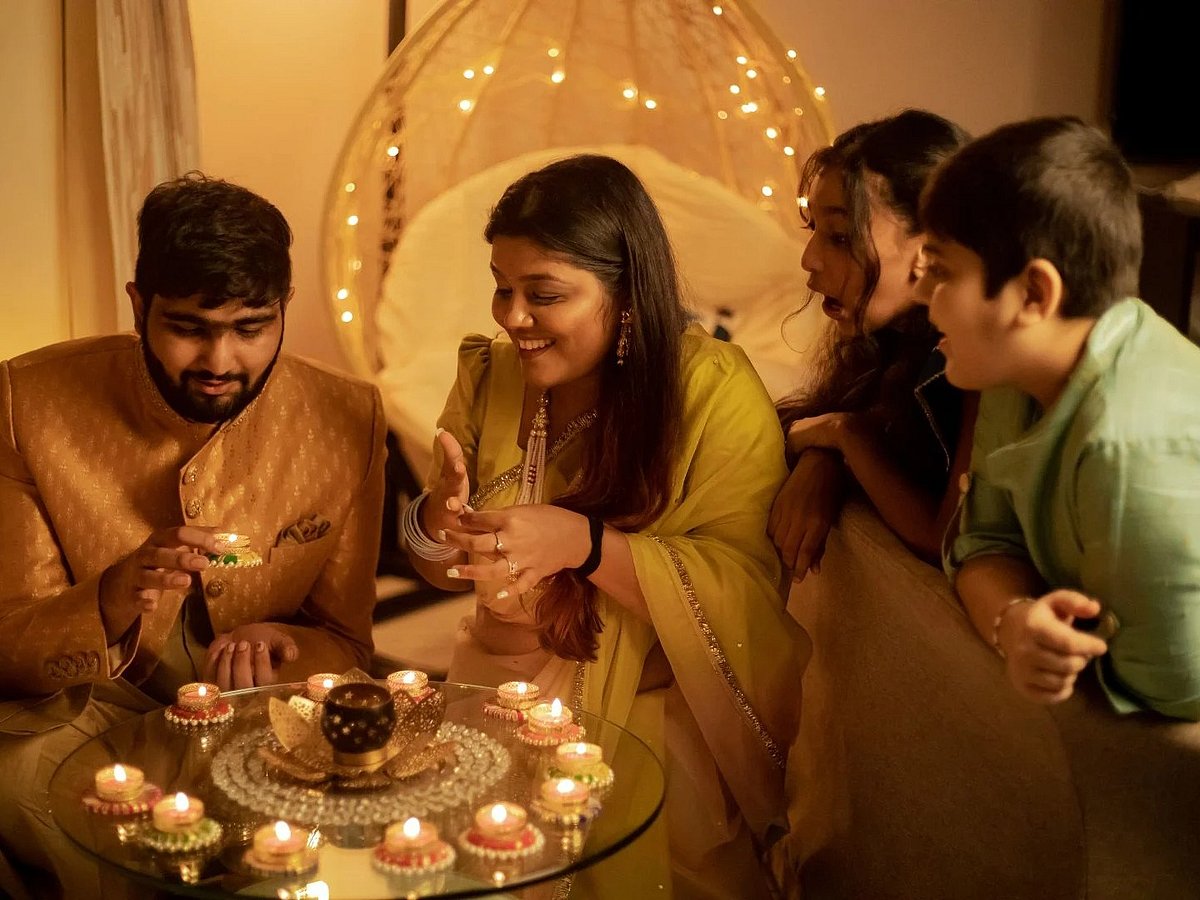
South India
In South India, Diwali (or Deepavali) has its own flavour of festivity. In Tamil Nadu, it begins early in the morning with oil baths, prayers, and bursting crackers to mark Lord Krishna's victory over Narakasura. Special treats like murukku, adhirasam, and mysore pak sweeten the day. In Andhra Pradesh, people narrate stories of Lord Krishna and Satyabhama in traditional Harikatha performances. Meanwhile, in Karnataka, women create colourful rangolis, build miniature forts out of cow dung, and tell tales of King Bali on Bali Padyami, the third day of Diwali.
Central India
In Madhya Pradesh and Chhattisgarh, Diwali merges with the spirit of harvest. The festival becomes a time of gratitude, not just to the gods but also to nature. Cattle are decorated and worshipped as a symbol of prosperity. People light bonfires, sing folk songs, and prepare local delicacies using freshly harvested grains. It’s a simple yet soulful celebration of abundance and togetherness.

Other states
Punjab
In Punjab, Diwali coincides with Bandi Chhor Divas, a deeply significant Sikh festival marking Guru Hargobind Ji's release from imprisonment. One of the show-stealing attractions during the festival is truly The Golden Temple in Amritsar, shimmering with lights like a jewel. Sikhs gather at gurdwaras, listen to kirtans, and share langar (community meals). Fireworks and lamps light up the sky, merging spiritual devotion with celebration.
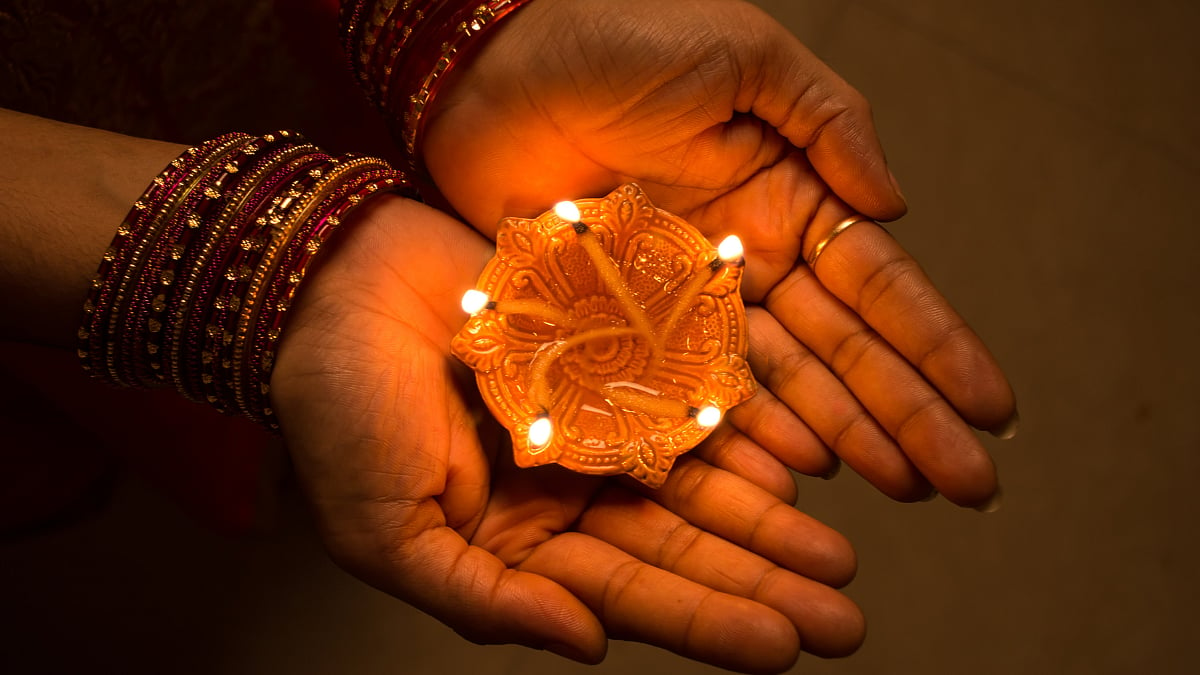
Telangana
In Telangana, Diwali often overlaps with Bathukamma, a colourful floral festival dedicated to Goddess Gauri. Women craft flower arrangements and sing traditional songs, symbolising life and fertility. As night falls, homes are lit with lamps, and families come together for prayers, sweets, and laughter.
While every region celebrates differently, the essence remains the same — the triumph of good over evil, hope over despair, and light over darkness. And that’s what makes Diwali not just a festival, but a feeling that connects every Indian heart.
